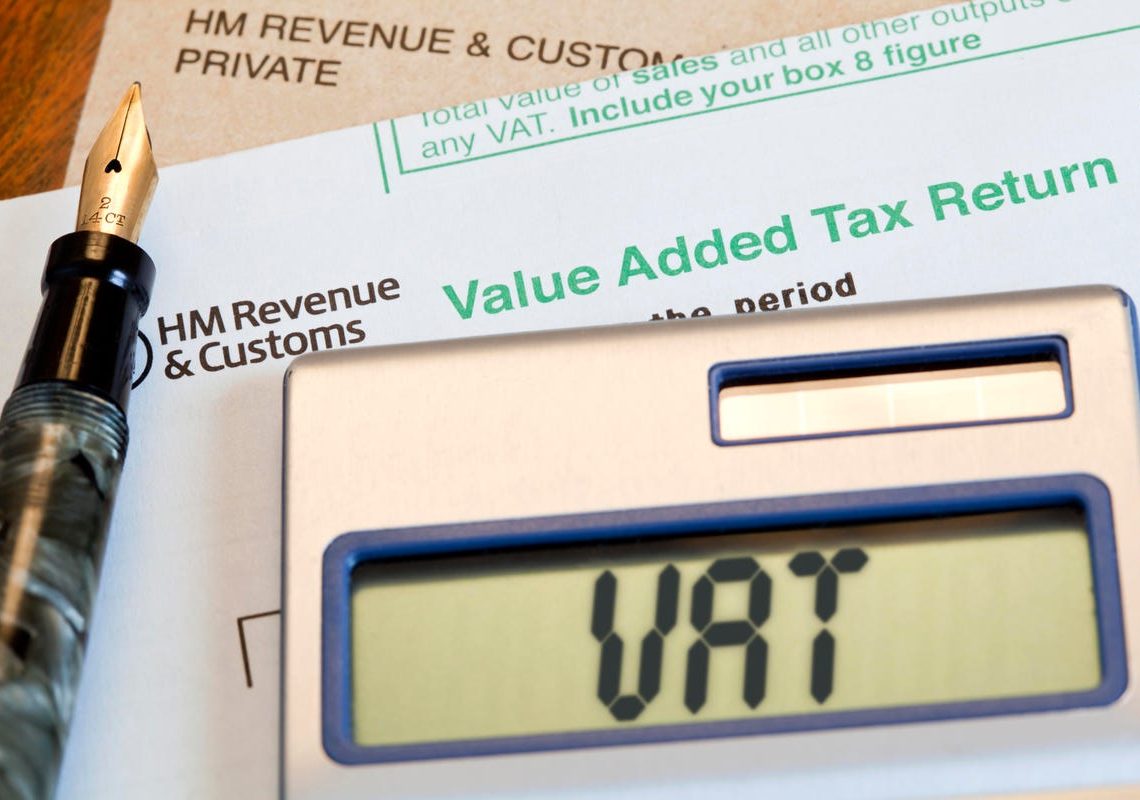This year marks 50 years of VAT in the United Kingdom. Although the VAT implementation date (April 1, 1973) coincided with All Fools’ Day, the Chancellor of the Exchequer at the time, Sir Anthony Barber, was rather serious when he made a bold statement that “VAT will be a simple tax on the supply of goods and services”. Despite the initial intention to keep the VAT system “simple”, it soon became clear that a simple tax might not be well suited to handle complex dealings in the increasingly digitalised and interconnected economy. As the tax was catching up with new business models and commercial practices, the regulatory framework was growing in size and complexity. Nearly 30 years after the introduction of the U.K. VAT system, Lord Justice Sedley summarised it as follows: “Beyond the everyday world … lies the world of VAT; a kind of fiscal theme park in which factual and legal realities are suspended or inverted”.
As we celebrate 50 years of VAT in the U.K., it’s worth reflecting on some of the most memorable developments in the history of the tax. There is no better source of VAT idiosyncrasies than the VAT rate system as interpreted in numerous court judgments and rulings. Just like many other countries, the U.K. applies a standard VAT rate (20%) and two reduced rates (5% and 0%) to make basic necessities such as food more affordable for low-income people. However, the way the reduced rates are administered and interpreted feels more like a walk in a “fiscal theme park” than a logically designed system guided by sound principles.
Support authors and subscribe to content
This is premium stuff. Subscribe to read the entire article.











